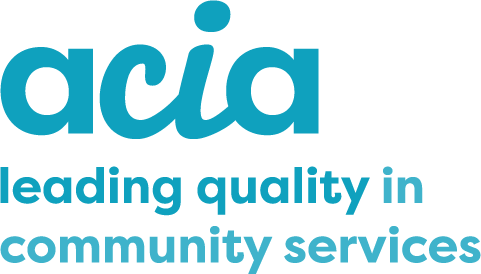- Exploring Hazards & Risks
- Participant
- Carer
- Support Worker
- Task
- Environment in the home
- Equipment
- In the community
- Disasters and Emergencies
-
NOTE: For cases where a significant number of responses are affirmative, contact your Team leader or Manager to get further assistance.
See links below for further guidance on behaviour management working with particpants:
With Acquired Brain Injuries
Agency for Clinical Innovation
Brain Injury Australia
With Spinal Cord Injuries Spinal Cord Injuries Australia
Capability Framework for service providers
acia
Attendant Care
Living with Attendant Care
In the community
For Participant related hazards possible risk factors are listed below.
For each risk factor there are things you can consider in order to minimise the risk.
This is not an exhaustive list. It is a tool to give you ideas that you might want to explore.
For some of the risk factors there are general considerations.
For some risk factors there are specific considerations. Click on a risk factor to see the associated specific considerations.
Risk factors |
Considerations |
|---|---|
|
General considerations
|


